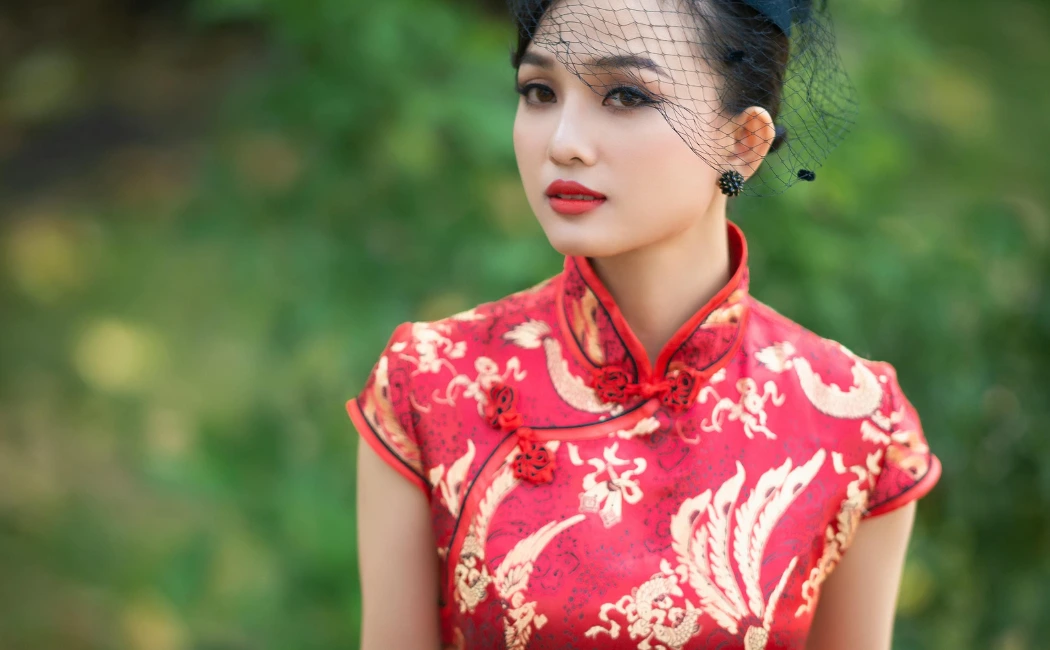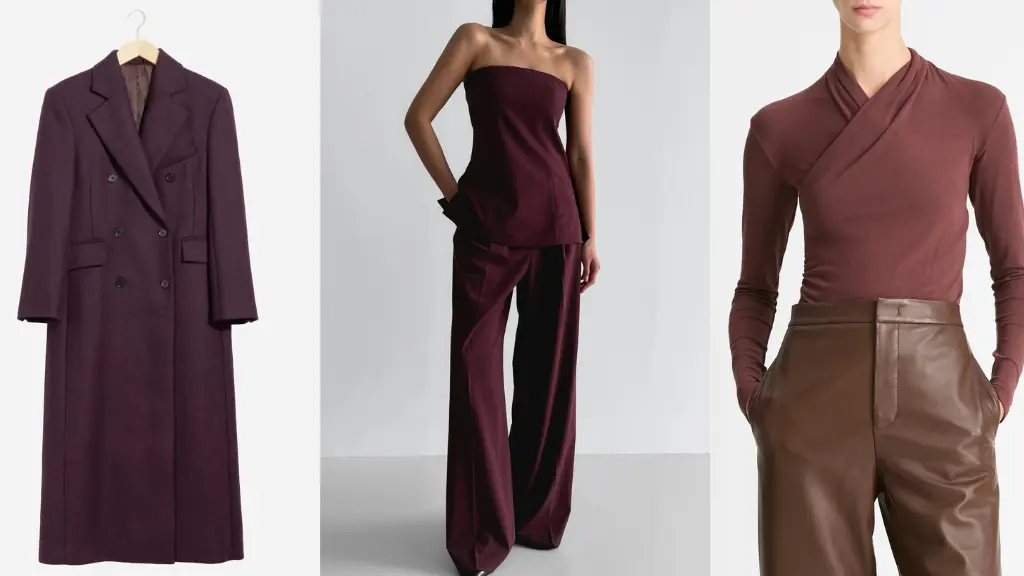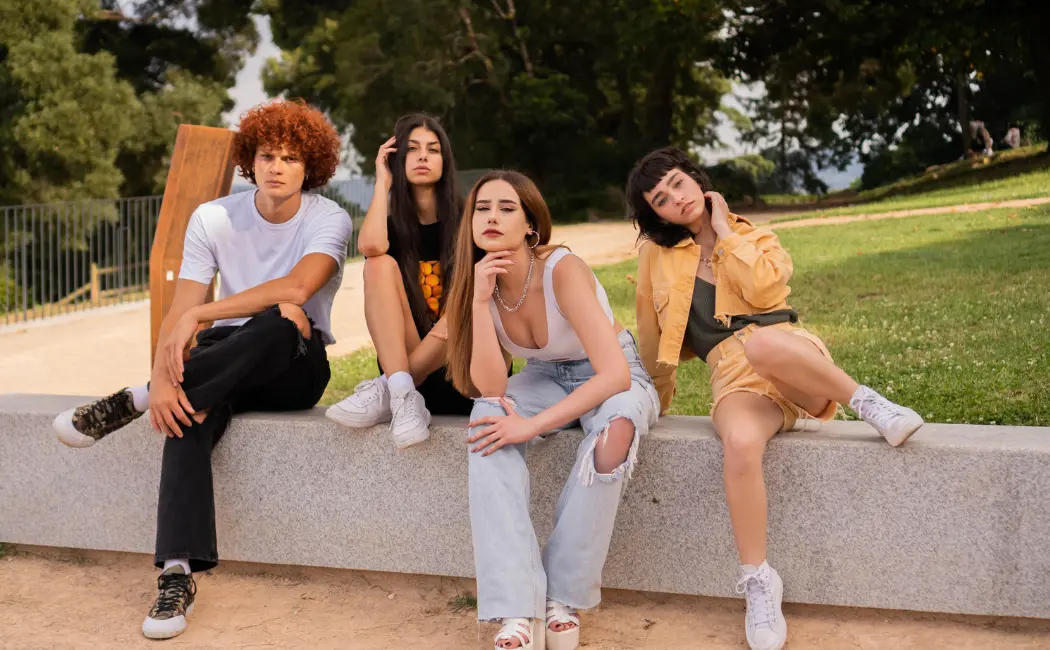The cheongsam, China’s traditional garment, is a stunning embodiment of the country’s rich cultural heritage and artistic traditions.
With a history spanning centuries, this elegant and intricate garment has evolved from a simple Manchu dress to a symbol of Chinese identity, sophistication, and refinement.
History of Cheongsam
The cheongsam’s origins date back to the Qing dynasty (1644-1912), where it was worn by Manchu women.
Initially called the “qipao,” the garment was designed to showcase the wearer’s social status and cultural affiliation.
Evolution of Cheongsam
In the early 20th century, the cheongsam underwent a transformation:
- Shanghai Style (1920s-1930s): Influenced by Western fashion, cheongsam designs became more fitted and modern.
- Republican Era (1912-1949): Cheongsam became a symbol of Chinese nationalism and cultural identity.
- Maoist Era (1949-1976): Cheongsam was suppressed, but later revived as a cultural icon.
Types of Cheongsam
- Traditional Cheongsam: Classic, floor-length design with intricate embroidery.
- Modern Cheongsam: Slim-fit, stylish designs with bold colors and patterns.
- Regional Cheongsam: Variations from different provinces, such as Cantonese or Shanghainese.
Cheongsam Components
- Fabric: Traditionally made from silk, cotton, or brocade.
- Embroidery: Intricate patterns and designs adorning the garment.
- Collar: High, rounded collar signifying cultural identity.
- Buttons: Ornate, frogs or knot buttons securing the cheongsam.
Symbolism and Significance
The cheongsam holds deep symbolic meaning:
- Cultural identity: Embodying Chinese traditions and values.
- Social status: Reflecting the wearer’s rank, occupation, or marital status.
- Artistic expression: Showcasing intricate embroidery and craftsmanship.
- National pride: Representing China’s rich cultural heritage.
Modern Cheongsam Trends
While traditional cheongsam remains timeless, modern adaptations have emerged:
- Fusion of traditional and contemporary designs.
- Innovative fabrics and textures.
- Bold, vibrant colors.
- Cheongsam-inspired fashion.
Notable Chinese Designers
- Guo Pei: Renowned for stunning, modern cheongsam designs.
- Laurence Xu: Acclaimed for his exquisite, hand-embroidered cheongsam.
- Huishan Zhang: Respected for his avant-garde, cheongsam-inspired collections.
Cheongsam Etiquette
- Wear with dignity: Respect the cultural heritage.
- Choose wisely: Select a cheongsam fitting the occasion.
- Accessorize thoughtfully: Balance bold cheongsam with subtle accessories.
Preserving Cultural Heritage
Efforts to preserve cheongsam traditions include:
- Cultural events: Showcasing traditional cheongsam and attire.
- Museums and exhibitions: Displaying historic cheongsam collections.
- Workshops and classes: Teaching traditional cheongsam-making techniques.
Conclusion
The cheongsam is a breathtaking representation of China’s cultural heritage, artistic traditions, and timeless elegance.
By understanding and appreciating this national treasure, we can gain a deeper appreciation for China’s history, values, and beauty standards.
References:
- “The Cheongsam” by The Metropolitan Museum of Art.
- “A History of Cheongsam” by China Daily.
- “Cheongsam: A Cultural Icon” by The Culture Trip.
- “Modern Cheongsam Trends” by Vogue China.
- “The Art of Cheongsam” by Harper’s Bazaar.










